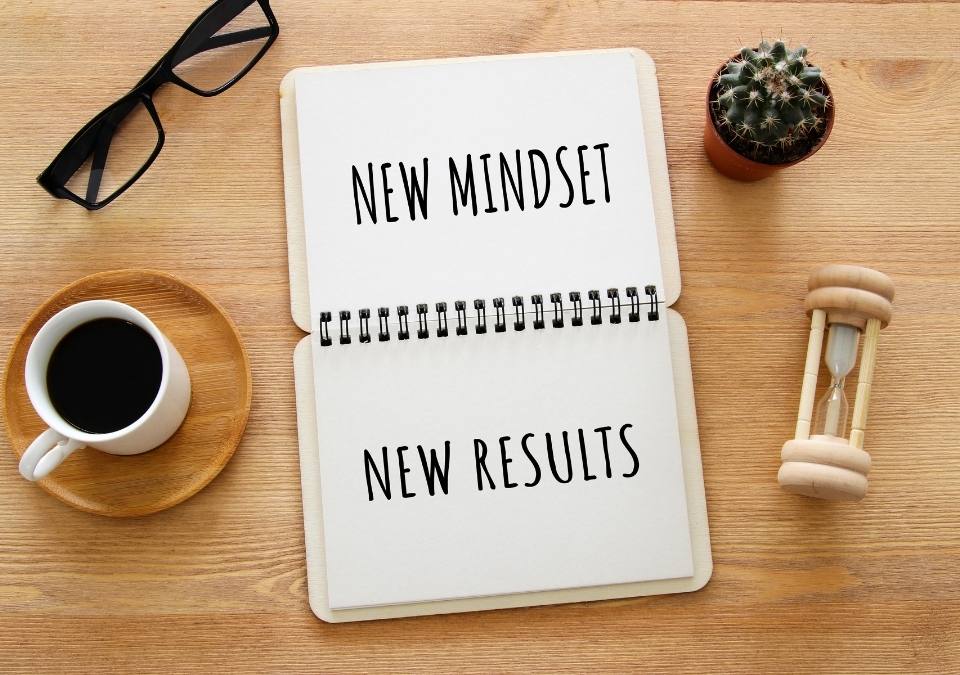I’m an accountant. I’m all about making money. If you want to make money, get your culture right first. Don’t waste your time on the other stuff.
by Giam Swiegers, former CEO of Deloitte Australia
Most of us understand its importance, but actively managing workplace culture in order to optimise results can be a tricky business. Even once you’ve got a handle on what culture is (and for the record, I prefer a simple definition: “Culture is the way we do things around here”), accept its importance (organisations with the most constructive cultures significantly outperform those with the least constructive cultures: quality +32%, teamwork +28%, satisfaction +26%, Human Synergistics International, 2014), and have determined that the current culture of your business/organisation is hindering performance, it can be a bit baffling to know where to start the change process.
Carolyn Taylor in her book “Walking the Talk: Building a Culture for Success” (Random House, 2005), presents the following framework which aligns closely with my own experience over 20 years helping clients improve outcomes through effectively diagnosing and improving the culture of their workplaces:
Change in the mind-sets of leaders
Leads to
Change in the behaviour of leaders
Leads to
Different decisions being made by leaders, in-line with their new beliefs and values
Leads to
People attributing meaning to decisions (symbols) associated with a change in values
Leads to
New messages being received throughout the organisation about what is now valued (supported by changing enablers which have simultaneously been redesigned
Leads to
Other people in the organisation changing their behaviour to fit into the new norms
Leads to
Further reinforcement that the culture and its values have now changed
Leads to
New performance outcomes, the effect of the chosen values.
So it all starts with changing the mind-sets of leaders.
Helpfully, Taylor goes on to explain that the mind-set of an individual consists of three key elements:
- Feelings – Feelings provide (or drain) energy and so drive future behaviour. Positive energy feeds constructive behaviours.
- Beliefs and Values – Our own often deep-seated beliefs and values also direct our behaviour. Some beliefs and values will contribute to individual and collective success, whereas other beliefs and values might in fact be a hindrance. Consider the potential impact of these beliefs and values on behaviour and ultimately outcomes: – I can only be successful and help my organisation succeed if I grow and inspire my team – It’s important to be true to your word – If I want a job done right, I need to do it myself – Above all, it’s important to look after your mates.
- Level of awareness – Individuals with a high level of self-awareness are able to “see” and understand the nature and impact on themselves and others of their feelings, beliefs and values. With this as a starting point, they are then able, with the right information and support, to manage and as required guide their feelings, beliefs and values in a manner that optimises outcomes. In the case of those in leadership roles, greater levels of self-awareness contribute ultimately to improved results: for themselves, those they lead and interact with, and the business/organisation in which they work.
So, what are they key points to take away?
- Culture matters: workplaces with constructive cultures significantly outperform their less-constructive counterparts across a whole range of indicators including revenue, revenue growth, stock value, staff satisfaction/engagement, retention, teamwork and quality of product/service.
- Changing the mind-set of leaders is a critical foundation stone for optimising workplace cultures.
- Increasing your own level of self-awareness and that of other leaders in your business/organisation is an ideal starting point.
Interested? We have a range of tools and programs available to enhance the self-awareness of individual leaders and others on your team. Contact us today to discuss the possibilities.

